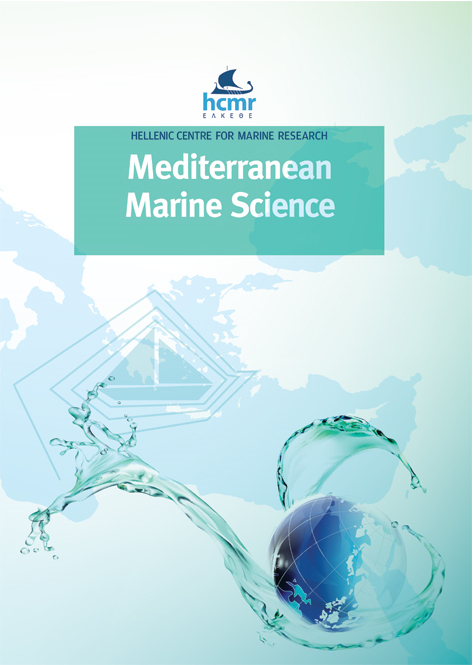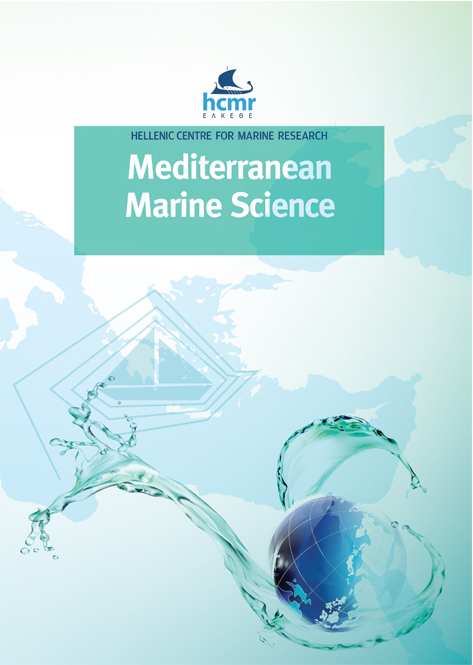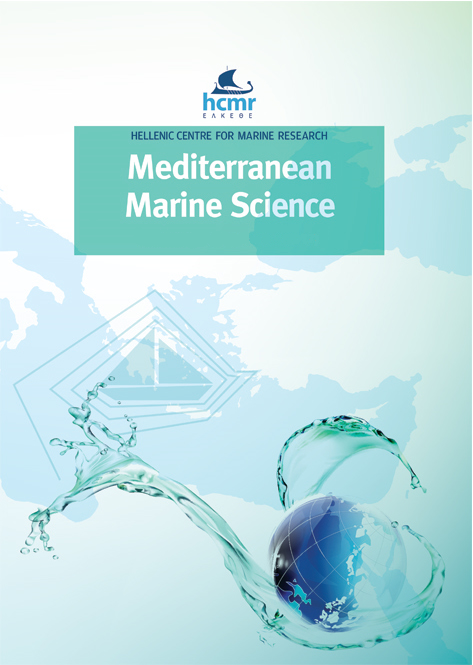Diatom distribution and long-term survival in a heavily polluted sediment core from the Bay of Bagnoli (Tyrrhenian Sea, Italy)

Abstract
Diatom resting stages can remain viable in sediments for decades and germinate when exposed to suitable environmental conditions, inoculating the water column and the surface sediments with new populations of cells. Classical methods, based on acid-cleaning of diatom frustules in sediment samples, do not discriminate between living and dead cells and may destroy the more fragile taxa. We used a metabarcoding dataset based on the V9 region of the 18S rRNA (20,602 reads, 102 diatom Amplicon Sequence Variants (ASV)) coupled with the Serial Dilution Culture method to assess diversity and viability of resting stages in a heavily polluted sediment core from the Bay of Bagnoli (Tyrrhenian Sea) spanning approximately two centuries. Our results indicate that planktonic centric diatoms dominated the sediment layers, but ASVs of benthic pennates were also present, especially in older layers. High densities (up to ~2·106 cells g-1 wet sediment) of viable cells were recorded in the surface layer (dated to 2013) for Nanofrustulum shiloi and for a small unidentified pennate diatom. Concentrations of living cells decreased towards older layers, but cultures of Chaetoceros curvisetus were still generated from a layer dated to 1954. Selected strains were characterized morphologically, in light and electron microscopy, and molecularly, confirming the records of N. shiloi, Psammogramma sp. and Plagiogramma sp. The results of our study highlight the capability of several centric and pennate diatom species to ‘rest’ alive in severely polluted sediments for decades. This calls for future studies aimed at understanding the mechanisms that regulate dormancy and the adaptation to harsh environmental conditions, which have potential biotechnological applications.
Article Details
- How to Cite
-
PELUSI, A., ROMERO MARTÍNEZ, M. L., MULE, A., SCALCO, E., BARRENECHEA ANGELES, I., PIREDDA, R., KOOISTRA H.C.F. , W., MONTRESOR, M., & SARNO, D. (2025). Diatom distribution and long-term survival in a heavily polluted sediment core from the Bay of Bagnoli (Tyrrhenian Sea, Italy). Mediterranean Marine Science, 26(1), 40–54. https://doi.org/10.12681/mms.37946
- Section
- Research Article
Authors who publish with this journal agree to the following terms:
- Authors retain copyright and grant the journal right of first publication with the work simultaneously licensed under a Creative Commons Attribution Non-Commercial License that allows others to share the work with an acknowledgement of the work's authorship and initial publication in this journal.
- Authors are able to enter into separate, additional contractual arrangements for the non-exclusive distribution of the journal's published version of the work (e.g. post it to an institutional repository or publish it in a book), with an acknowledgement of its initial publication in this journal.
- Authors are permitted and encouraged to post their work online (preferably in institutional repositories or on their website) prior to and during the submission process, as it can lead to productive exchanges, as well as earlier and greater citation of published work (See The Effect of Open Access).






